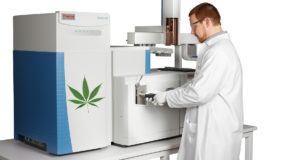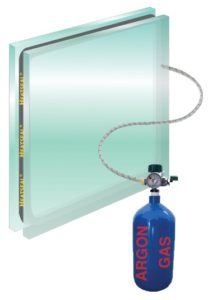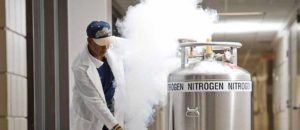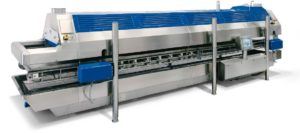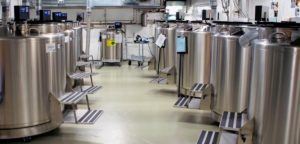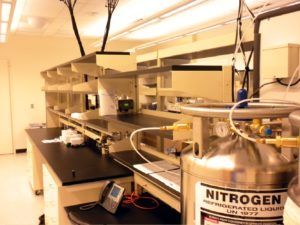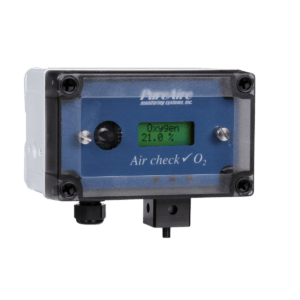Gas chromatography is a process used to separate chemical compounds for analysis. The analytical chemistry process is used with gases that won’t decompose when vaporized. Gas chromatography are used in a wide range of industries — everything from forensic science to medical marijuana. While the procedure is highly useful, there are risks when working with nitrogen gas. […]
READ MORE
The window industry is always searching for energy efficient improvements to windows. In recent years, inert gas fills between panes of glass have increased the performance of windows by reducing air leaks. Learn more about benefits of using argon gas in windows and unexpected risks of the production process. Argon Gas Fill for Windows Argon […]
READ MORE
*Click here to read more about product An explosion at a university research lab in Hawaii last year highlights the dangers of working with compressed gas and the need for safety equipment on campus. Learn the dangers of working with compressed gas, how an oxygen deficiency monitor can help, and campus safety best practices. Compressed […]
READ MORE
As users demand ever-smaller smartphones and better televisions, semiconductor manufacturing plants are tasked with developing new products faster and using new materials. Key to the continued success of the semiconductor industry are inert gases, which include nitrogen and argon. When used safely, both nitrogen and argon play a number of important roles within the semiconductor plant. Yet, these gases poses […]
READ MORE
New developments in cryogenic freezing are transforming the frozen food industry by making it easier to freeze all sorts of items quickly while retaining the highest nutritional value. Cryogenic and tunnel freezers are easy to use, yet they pose a hidden health risk. Learn why you may need an O2 monitor if your frozen food […]
READ MORE
To safeguard against gas leaks in pharmaceutical industries and laboratories, businesses are turning to oxygen deficiency monitors. Learn when, where, and why an oxygen monitor or O2 monitor may be required. Oxygen Monitors in Medical and Pharmaceutical Settings In the hospital setting, nitrogen gas is widely used. During surgeries, nitrogen powers equipment and preserves blood and […]
READ MORE
Olympic athletes have been known to try some pretty strange things to enhance their performance. Major Olympic swimming star Michael Phelps has been relying on a special device for the last year, a high-altitude sleep chamber that retails for $15,000. While therapies like high-altitude training and cryotherapy can be beneficial, they do have risks. Learn […]
READ MORE
An oxygen deficiency monitor or O2 monitor is found in many settings where colorless, odorless gases — including nitrogen, argon, CO2, and cryogenic gases — are used. Always monitoring, the oxygen detector can tell when gas levels rise above those deemed safe, and let off a timely alarm. Learn which settings commonly use an O2 monitor, how the […]
READ MORE
Air separation plants are critical for many different industries, from clean energy to manufacturing. Nowadays, cryogenic is the most common type of distillation used to separate air into its component gases – nitrogen, oxygen, and inert gases including helium and argon. If your industry relies on air separation for product development or manufacturing, then knowing how […]
READ MORE


